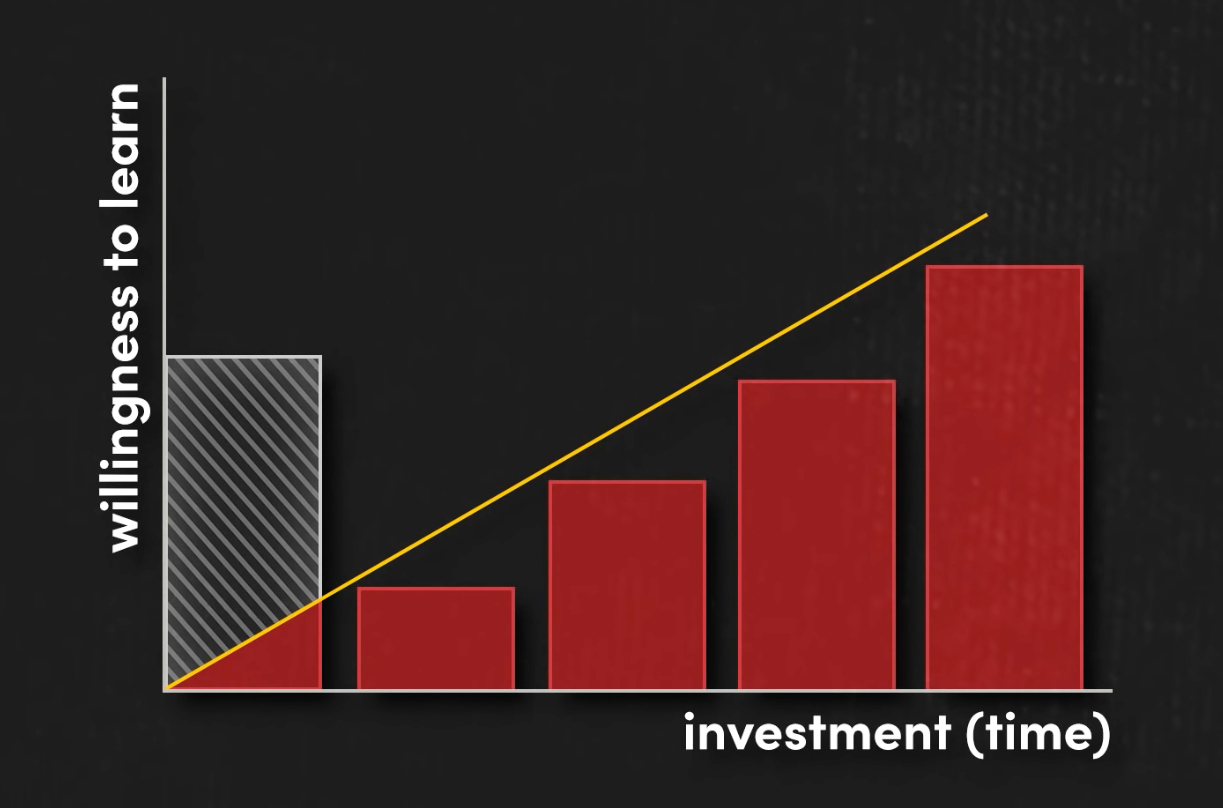Can we Improve Tutorials for Complex Games? - YouTube by Game Maker’s Toolkit
It’s called the Inverted pyramid of decision making. So the idea is that you start the game with one unit and you make a decision with it and then that opens up a door. Now you can make two decisions. Or you build a second unit. Now you have two units to use. And then you have four and you have eight and you have 16.
And these decisions like ramp up, so it starts off as a tiny bunch of decisions and it quickly grows, balloons. And I think that does a great job of getting people engaged. And we had this idea that you had 15 minutes to engage somebody or you’d lose them. - Bruce Shelley in https://lifeandtimes.games/episodes/files/soundbite-bruce-shelley
Splitting the tutorial
Mark talks about how older games (and many complex games still do) often had lots of tutorials at the beginning and then the gameplay after that. He talks about how splitting the tutorial and distributing it intervened into the gameplay.
Players willingness to learn grows as their time investment increases. George Fan of PopCap talks about this in his GDC talk How I got my mom to play through Plants vs. Zombies.

Tutorials can also be spread out between parts of an entire campaign.
For compex games, easier difficulty doesn’t need to mean just dumber AI, it could also mean simpler systems which would allow players to learn a bit more as they move forward and progress through the game.
Making learning fun
Kinaesthestic learning is where deep learning occurs by the process of physically doing the task.
Instead of telling players which buttons to press, teach them what they need to achieve and how the systems work to achieve that. It helps players to make those connections themselves and makes learning easier.
Using affordances
Game designers can also leverage things that people already know. Spikes hurt, ice is slippery, coins let you buy things and so on. Mark Rosewater talks about this too in his GDC talk ‘Magic the Gathering’ 20 Years, 20 Lessons Learned by Mark Rosewater, in his lesson #4: make use of piggybacking.
Piggybacking is the “use of pre-existing knowledge to front-load game information to make learning easier”. In Magic the Gathering, the mechanic of “Flying” is intuitive because people already know what flying means.
This also applies to UIs and using icons, although that can be dangerous assumption since not everyone is familiar with all the same iconography.